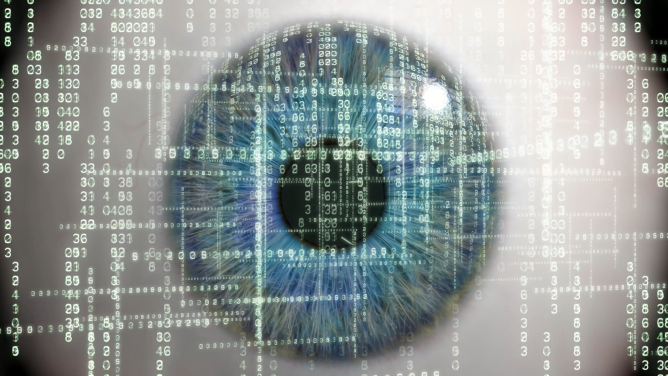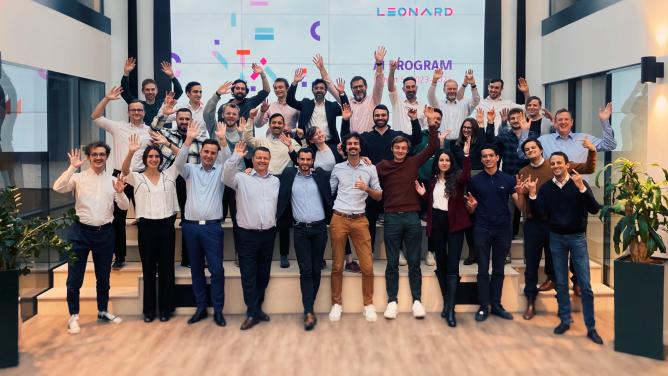This article is part of a series involving the participants of the AI program by Leonard. The program has been specifically designed to accelerate the adoption of IA technologies within the group VINCI. It consists in a five-month incubation period where selected VINCI collaborators follow a learn by doing process where they codevelop an AI-based use case under the coaching and mentoring of the Leonard Team and Eleven consultants.
Historic players must change their process all along the value chain in order to be quicker, cheaper and to respect the environment [1]. These changes are necessary to defend their business against the many start-up that have arisen as well as the GAFA showing up [2] – Amazon has invested 1 billion $ in connected prefab houses [3].
Thus, the modernization of the sector is on the way, but the inertia is strong. Construction sites are gradually going digital: digital tablets have progressively replaced the paper for the site managers, materials are tracked through IoT systems and building digital twins is becoming the new standard thanks to BIM (Building Information Modelling) and BOS (Building Operating System) technologies [4].
On that basis, a lot of start-ups are trying to step into that breach in order to bring innovations along different steps of the construction value chain: VCs investment on the construction tech as progressed from 4.5 million $ in 2008 to an impressive 1.5 billion $ in 2018 witnessing a real market shift [5]. Safety and security, documentation & reporting, HR and operations are only few of the aspect that are involved by these innovations.
Construction site productivity is obviously one of the hot topics. During the last decade, construction companies has transferred the already proofed and well known in the industrial sector lean approach to the construction site aiming at improving efficiency and limiting frictions. The chrono-analysis is one of the pillars of this approach. By timekeeping every single task of a construction cycle (the realization of a floor in building), engineers are capable of focusing their optimization efforts on the least performant tasks improving the overall cycle productivity. This practice has shown astonishing results increasing up to 25% in productivity. Nevertheless, the mobilization of specialized engineers and time consuming monitoring phase make it difficult to generalize.
VINCI Construction, always looking for ways to innovate, through its branches VINCI Construction France and Dodin Campenon Bernard and assisted by Leonard, has decided to tackle the problem and generalize appeals to chrono-analysis. They have developed Chronsite, in collaboration with the Leonard AI program, a solution leveraging computer vision and deep learning to automatize the sites’ information acquisition. Construction site tasks are detected, while their durations and the associated workforce are monitored by cameras to provide synthetic and actionable information in unique online interface. Construction employees can then focus on what humans do best, finding ways to optimize their processes.
Sources
- https://www.batiactu.com/edito/gafa-et-start-up-menace-majors-btp-56637.php
- https://www.lesechos.fr/tech-medias/hightech/crise-du-logement-les-geants-de-la-tech-au-chevet-de-la-californie-1142448
- https://immobilier.lefigaro.fr/article/amazon-mise-sur-des-maisons-prefabriquees-entierement-connectees_1176da9c-c222-11e8-bf45-9f357aa333c3/
- https://leonard.vinci.com/du-bim-au-bos-la-transformation-numerique-de-la-construction-et-des-infrastructures-est-en-route/
- https://techcrunch.com/2019/02/16/investor-momentum-builds-for-construction-tech/


